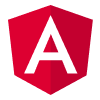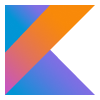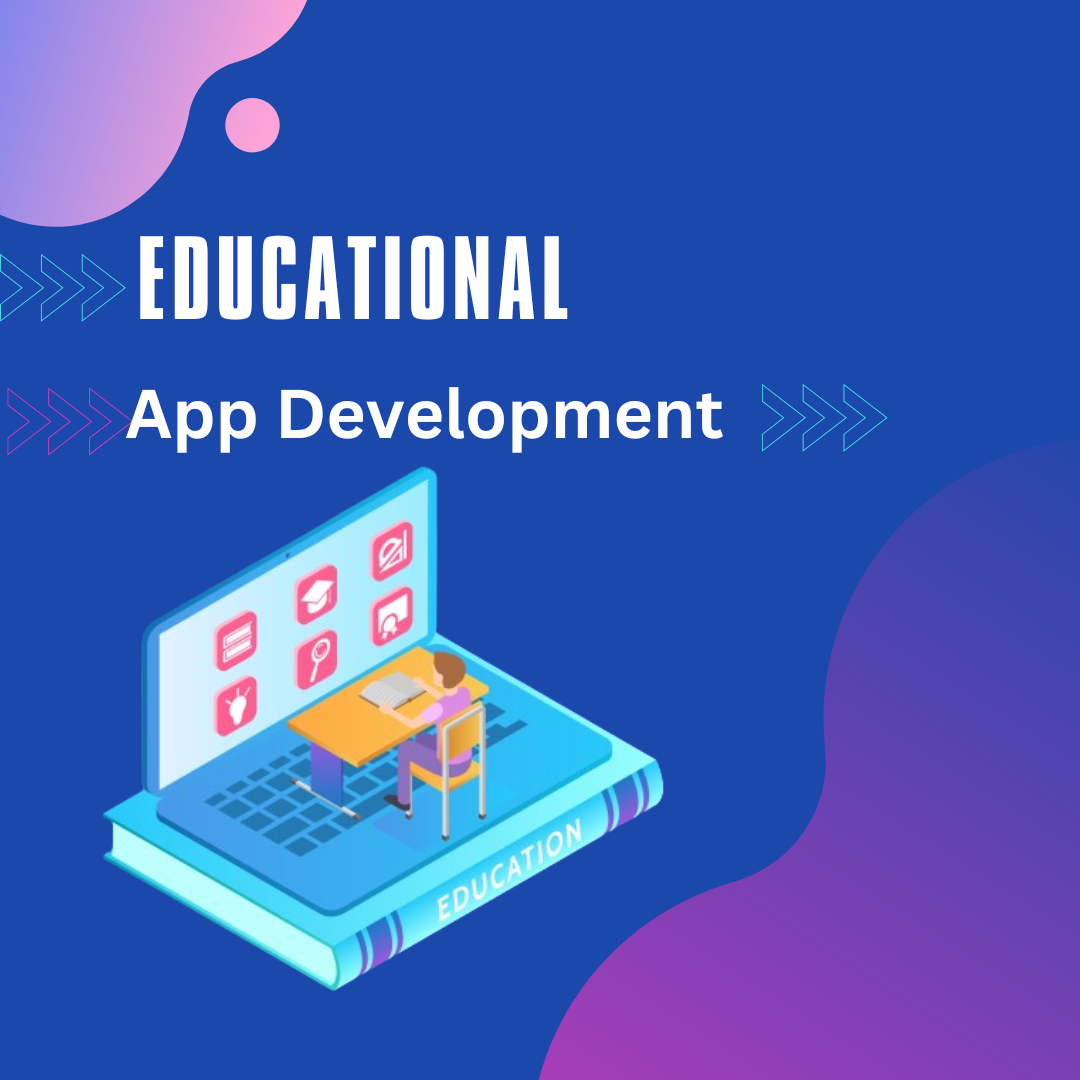Take your workouts to the next level with Fitness app.
Smartphones and global digitization have created a huge market for mobile applications. More companies are looking for mobile app development services to leverage their growth potential and generate revenue. After all, these mobile applications are a great way to interact with users and help them fulfill their goals. For example, a lot of people take up fitness resolutions, and Companies can use various features to promote their products or services but very few succeed. This has created a huge market for fitness apps and more and more people want to know how to create a fitness app.
But how much does it cost to create a fitness app? And what features should it have to be truly effective? This blog post will answer those questions and more. So, let’s begin!
What is A Fitness App?
In today's fast-paced and health-conscious world, fitness apps have emerged as essential tools for individuals aiming to maintain a healthy lifestyle. These digital applications, accessible primarily through smartphones and tablets, have revolutionized the way people approach fitness and wellness.
A fitness app is a software application that is designed to help users track, monitor, and improve their physical healthcare and fitness. These apps are typically available on smartphones or other mobile devices and may be free or available for purchase.
Fitness Apps Statistics
Total health and fitness segment revenue is estimated to arrive at US$3.56bn in 2022.
In the fitness sector, paid app downloads and advertising income are projected to reach 3.76 billion in 2022
By 2027, the market is estimated to generate US$5.77 billion in sales overall, representing an 8.71% CAGR from 2022 to 2027.
TYPES OF FITNESS APPS
Activity Tracking Apps:
These apps focus on monitoring physical activity levels throughout the day. They often use sensors in smartphones or wearable devices to track metrics like steps taken, distance traveled, and calories burned.
Workout and Exercise Apps:
Workout apps provide users with guided exercise routines and workout plans for various fitness goals, such as weight loss, muscle gain, or improving cardiovascular health. They may include instructional videos, audio cues, and progress-tracking features.
Nutrition and Diet Apps:
Nutrition apps help users track their food intake, monitor calorie consumption, and analyze nutritional content. They may offer meal planning tools, barcode scanners for food products, and databases of recipes and nutritional information.
Yoga and Meditation Apps:
These apps offer guided yoga sessions, meditation exercises, and mindfulness practices to promote relaxation, stress reduction, and mental well-being. They may include features like breathing exercises, guided imagery, and progress tracking.
Running and Cycling Apps:
Designed for outdoor enthusiasts, these apps track running and cycling routes using GPS technology. They provide features like route mapping, pace tracking, and distance covered, along with insights into performance metrics like speed and elevation.
Personal Trainer Apps:
Personal trainer apps connect users with certified fitness professionals who provide personalized workout plans, coaching, and support. They may offer virtual training sessions via video calls, progress monitoring, and communication tools for interacting with trainers.
FACTORS AFFECTING THE COST OF FITNESS APP DEVELOPMENT
App Development
The fitness app development cost relies on the app development process. The cost range varies from platform to platform. Because creating apps for a single platform, like Android or iOS, takes longer time and is more difficult, so it will cost more than developing cross-platform apps.
Backend Infrastructure
Building and maintaining a robust backend infrastructure to handle user data, authentication, and synchronization across devices will incur additional costs. Factors like scalability, security, and data storage requirements can also impact development expenses.
UI/UX Design
The user interface (UI) and user experience (UX) design are critical in determining the success of a fitness app. A well-designed UI/UX not only attracts users but also ensures ease of use. Complex designs with advanced features like custom animations, unique themes, and interactive elements can significantly raise the fitness app development cost. However, investing in good design can lead to higher user retention and satisfaction.
Country & Region
The geographical location of the development team is a major cost determinant. Developers' rates vary considerably across different countries and regions due to the cost of living and demand for tech talent. For instance, developers in North America and Western Europe typically charge higher rates compared to those in Eastern Europe or Asia. Outsourcing to regions with lower hourly rates can be a cost-effective solution.
Testing and Quality Assurance:
Thorough testing and quality assurance are essential to ensure that the app functions reliably and provides a seamless user experience. Allocating resources for testing can add to the overall development cost but is crucial for identifying and fixing bugs and issues before launch.
Must-Have Features of Your Fitness App
User Profile:
Users can create profiles with basic information like age, gender, weight, height, fitness goals, and activity level.
Activity Tracking:
Track daily physical activities such as steps taken, distance traveled, calories burned, and active minutes using sensors in smartphones or wearable devices.
Workout Plans:
Access pre-designed workout plans tailored to specific fitness goals, such as weight loss, muscle gain, or improving cardiovascular health.
Custom Workouts:
Create custom workout routines by selecting exercises from a database and setting parameters like sets, reps, and rest intervals.
Social Features:
Provide your users with features to connect and challenge friends, join those challenges, or share their progress on social media platforms.
Push Notifications:
Send push notifications to users to remind them of their upcoming workouts, provide motivational tips, or congratulate them on their progress. Our Dryft case has neat push notifications to remind the users about the workout sessions they have registered for.
Coach or Trainer Support:
Access personalized coaching, training plans, and feedback from certified fitness trainers or health coaches.
Technology Stack Used for Fitness App
It is crucial to select the right technologies to develop your fitness app. The underlying software stack is critical and should be carefully chosen based on user experience, scalability, and cost. A wide range of technologies can be used to develop fitness apps.
The most popular technology stacks include Node.js, React Native, AngularJS/React, MongoDB, and Express. All these frameworks provide a solid foundation for creating high-performance mobile applications with great user experiences.
How Much Does It Cost to Build a Fitness App?
The cost to develop a fitness app will depend on the complexity of the features and functionality it requires and the technology stack used. Typically, creating an MVP (Minimum Viable Product) fitness app with basic features can range from $10,000 to $50,000 or more, depending on the scope.
If you’re looking for a fully-featured fitness application with advanced customizations, such as personal trainers and coaching programs, you can expect to pay upwards of $100K or more.
The developer’s hourly rate can significantly impact the fitness app development cost.
Android Developers: $15-$40
Web Developers: $15-$50
iOS Developers: $15-$45
























